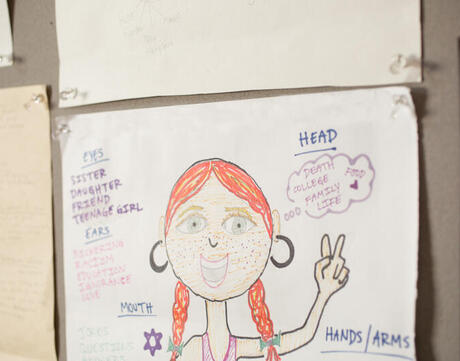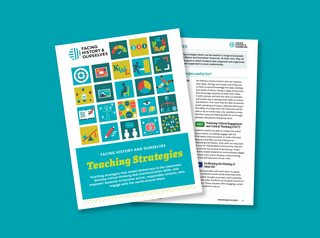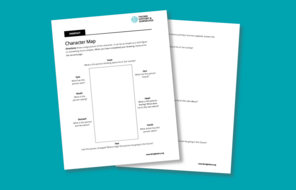
Character Maps (UK)
Overview

Teaching Strategies
About This Teaching Strategy
Character maps are graphic organisers that allow students to reflect on historical or fictional characters by linking their features to their attitudes and experiences. Students complete a simple drawing of a person and then respond to prompts connected to specific features.
Lesson Plans
Steps for Implementation
Materials and Downloads
Quick Downloads
Download the Files
Get Files Via Google
Unlimited Access to Learning. More Added Every Month.
Facing History & Ourselves is designed for educators who want to help students explore identity, think critically, grow emotionally, act ethically, and participate in civic life. It’s hard work, so we’ve developed some go-to professional learning opportunities to help you along the way.
Exploring ELA Text Selection with Julia Torres
On-Demand

Working for Justice, Equity and Civic Agency in Our Schools: A Conversation with Clint Smith
On-Demand

Centering Student Voices to Build Community and Agency
On-Demand

















